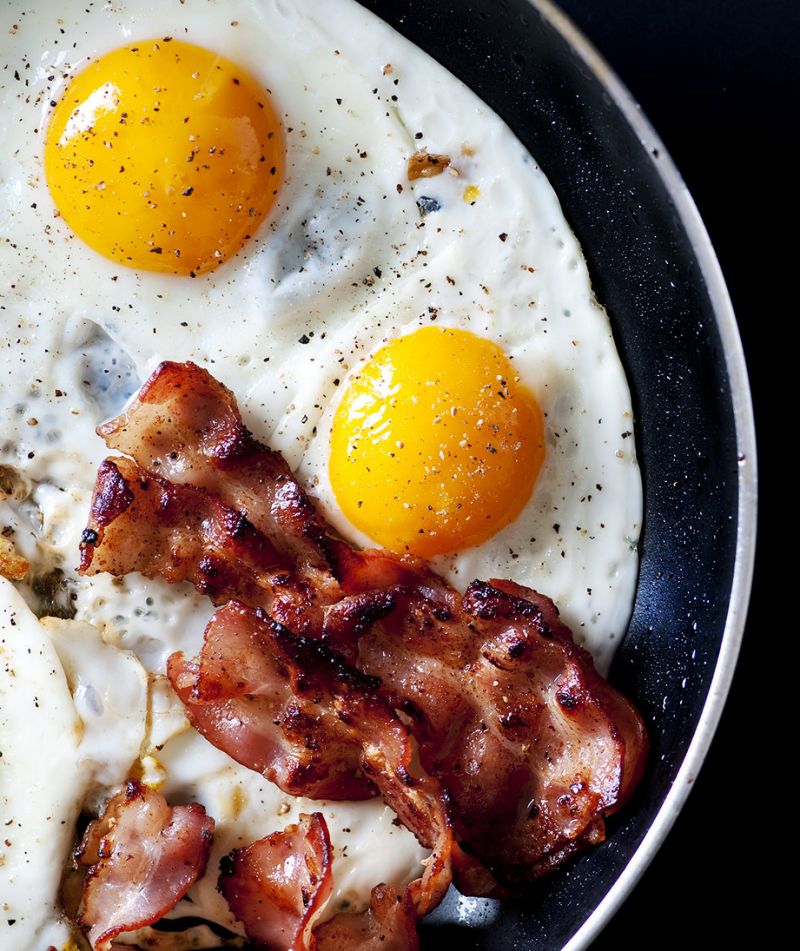
When going on a keto diet, the one thing you need to know is that carbs are pretty much out the door. While keto dieters stick to 20 to 50 grams of carbs per day, the slogan of this diet might as well be: the less carbs you eat, the more fat you burn. Ketogenic diets offer a ton of benefits to those who can change their eating habits and stick to low-carb, high-fat meals.
This beginner’s guide to keto shows you how the diet works and what ingredients are included in easy keto recipes.
How to Get Into Ketosis
The major goal of any keto diet is to start and stay in ketosis. This is the phase when your body is burning ketones or fat cells due to you only eating low-carb, high-fat foods. On this diet, individuals can eat tons of protein and non-starchy vegetables, but it’s also important to consume things like coconut oil, nuts, seeds, and dairy.
Once you start eating this type of diet, you will feel your body switch its energy source to fat stores in your body. This is the key to losing more weight with ketogenic diets, and it’s the reason why so many individuals with obesity issues, diabetes, and heart disease have been able to get healthy quickly.
Should You Do the Keto Diet?
Everyone is different, so if you feel like low-carb, high-fat might cause complications, it’s best to speak to a doctor before jumping into the diet. Individuals who take insulin or medications for high blood pressure may have issues with this diet. In addition, women who are breastfeeding may want to avoid this diet as well.
What Can You Eat on a Keto Diet
The big rule is that you can’t eat a lot of carbs on the keto diet. As long as food is low-carb, you are probably okay to eat it. However, some people think that all vegetables are healthy, but there are actually high-carb vegetables, such as starchy vegetables like potatoes and corn.
Here is a basic list of food approved for the keto diet:
- Red meat
- Poultry
- Salmon
- Shellfish
- Dairy and cheese
- Berries
- Eggs
- Cauliflower
- Broccoli
- Cauliflower
- Natural, high fat foods
- Most nuts and seeds (not cashews)
- Berries
What Should You Not Eat on Keto
Keto does not mean a no-carb diet, but you have to be careful about how many carbs you take in with each meal. You don’t want to pump up the carbs and get thrown out of ketosis.
The biggest problem with this diet is that most people eat processed and refined carbohydrates. They may even eat processed food with fructose, which adds more carbs.
We have created a list of foods that you should avoid if you are on keto, including:
- Juices
- Soda
- Potatoes
- Grains (Say goodbye to bread)
- Bananas
- Apples
- Processed food
- Chocolate and most candy
- Rice
- Pasta
- Energy drinks
- Beer
If you look at the package and it contains more than 5 carbs per serving, you should likely stay away from it.
What Can You Drink on a Keto Diet?
Are you trying to celebrate with a beverage for a special occasion, but you’re on keto? No worries! There are some things you have to avoid, but many drinks are still okay for keto dieters. However, you should stay away from beer and fruity cocktails. Instead, red wine and some white wines low in carbs are best while on this diet. Water, unsweetened coffee, tea, and sparkling water drinks are also great for this diet.
Is the Keto Diet Safe?
Most studies reveal that the ketogenic diet is incredibly healthy and leads to weight loss for most dieters. However, high-fat diets are not the best for every person, so it also depends on the foods you choose to eat. For instance, butter is allowed on ketogenic diets, but olive oil is a healthier choice for dieters. As with any change to your body and diet, you should check with your doctor first to ensure that it’s safe.
